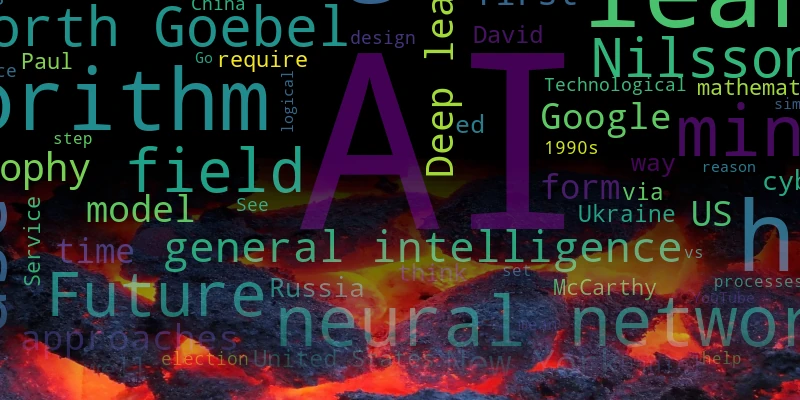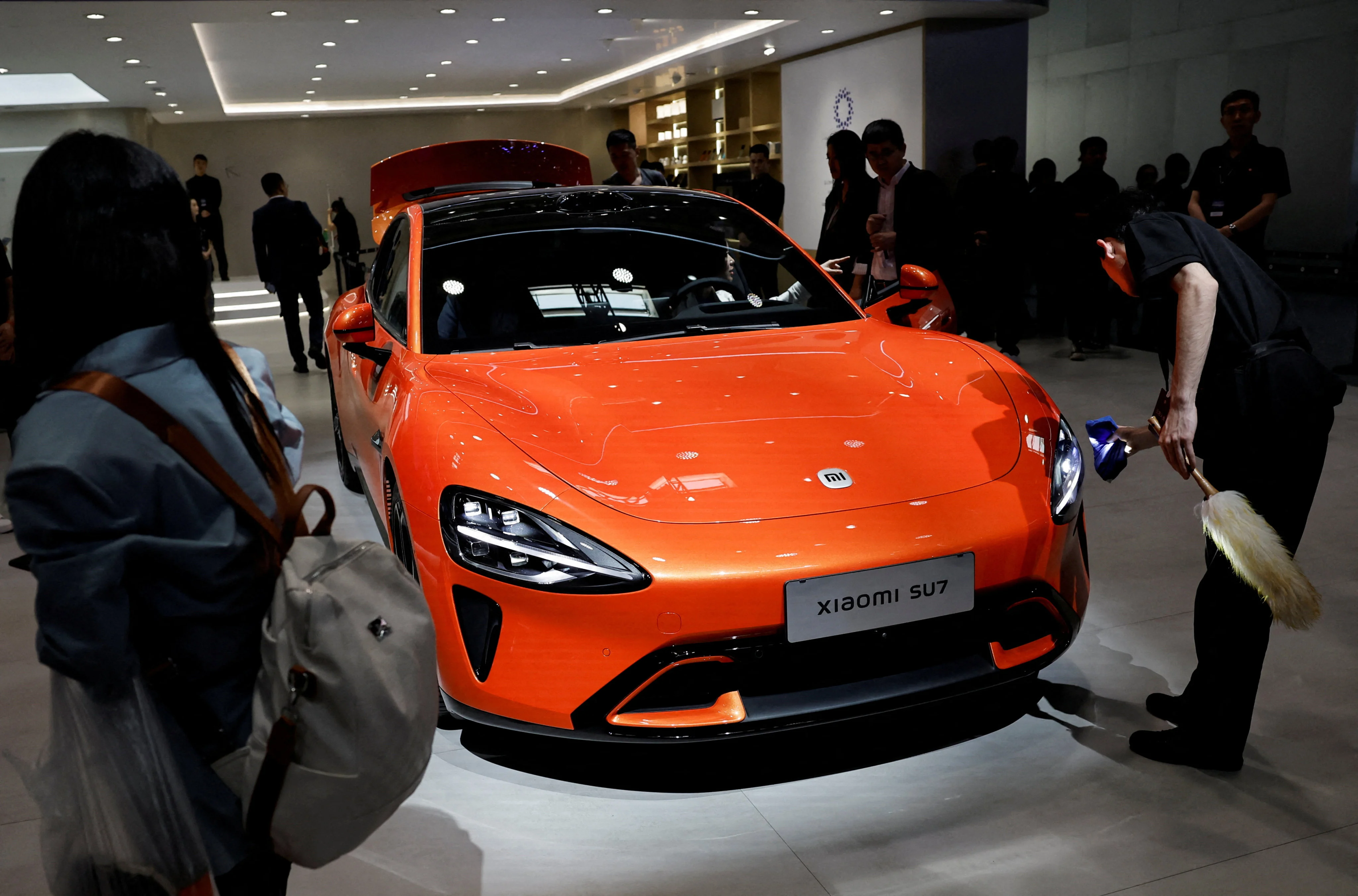
… (page 39)
the 10-year time horizon to 2035 limits the potential for ‘gamechanger’ technologies not currently tested and proven – but does not rule them out entirely. The first Apple iPhone reportedly sold 4 million units within just 6 months of its launch in 2007 (Reuters, 2008). This advance fundamentally re-shaped the media and communications landscape within a decade. Energy efficiency and artificial intelligence (AI) are areas where current research and development may trigger breakthroughs which reshape what is possible in the decade ahead. In the case of AI, this emerging technology cluster is also a source of downside risk if the industry’s growing appetite for electricity hampers grid decarbonisation efforts (IEA, 2025a)
… (page 47)
Box 3: Managing artificial intelligence
The development of artificial intelligence (AI) represents another critical shift to navigate as part of Australia’s net zero transition. AI offers potential energy and cost efficiencies from automating and optimising operations in a number of sectors, including transport, manufacturing, the built environment, and renewable energy integration. AI can accelerate climate decision making by processing data, forecasting change and creating models at greater speed and detail than traditional approaches (UNESCO, 2024). Governments are also using AI to make environmental and planning approvals processes more streamlined, transparent and efficient (cBrain, 2025; NSW Government, 2024a; PNNL, 2024).
However, with the benefits of AI comes the challenge that it can be highly energy intensive, requiring large amounts of electricity to run powerful computer hardware. Bloomberg modelling suggests that, with Australia being among the countries with a more advanced digital industry, data centres could account for over 10% of Australia’s electricity consumption by 2035. Data centres will also be built at increasingly large scales and capacity, compoundingpressure on regional power sources (BNEF, 2025b) and placing additional pressure on the renewables buildout.
Some AI infrastructure providers are planning to decarbonise. For example, Amazon Web Services, which in June announced an investment of AUD 20 billion into data centre infrastructure in Australia, plans to achieve net zero by 2040 and already matches 100% of its electricity consumption with renewable energy. However, meeting such decarbonisation targets will rely on the successful transition of the electricity system.
Australia could minimise the strain on energy systems from AI growth in the next decade by investing in research, planning and policy. For example, by co-locating data centres with storage to provide operators flexibility over when to draw from the grid, and investing in hardware and software upgrades to fast-track energy efficiency improvements (IEA, 2025a).



